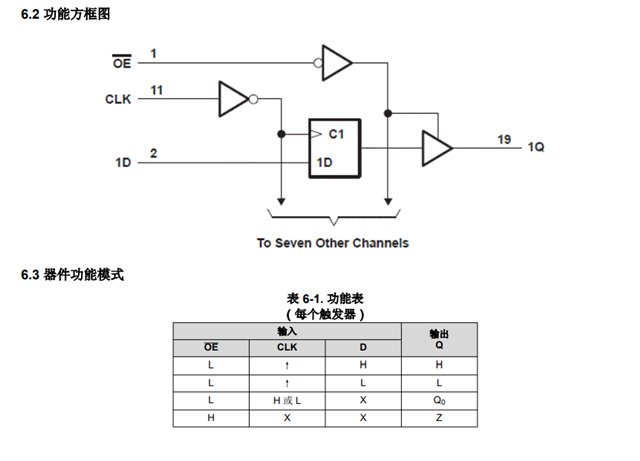Customer test NXP's 74HCT574PW, 118 and TI's SN74HCT574PW and found that the initial output level of power-on is not the same as that of power-on, everything is normal

This thread has been locked.
If you have a related question, please click the "Ask a related question" button in the top right corner. The newly created question will be automatically linked to this question.
Customer test NXP's 74HCT574PW, 118 and TI's SN74HCT574PW and found that the initial output level of power-on is not the same as that of power-on, everything is normal

Hello ,
We do not familiar with NXP chip, please describe your issue about SN74HCT574 data sheet, product information and support | TI.com.
The customer connects the OE pin to ground, the output Q level is high at the initial moment of power-up, and the output level becomes low after the program is initialized, how can the output be guaranteed to be low at the initial moment?
Hello,
Regarding “Table 6-1. Function Table”, it is hard to guarantee if OE is enabled all the time.
Or you may try to connect a pull down resistor in output pin .

What is different between OUTPUT Q0 & Z? The customer connects the OE pin to ground, the output Q level is high at the initial moment of power-up, and the output level becomes low after the program is initialized, how can the output be guaranteed to be low at the initial moment? (can't add pull-down resistor)
Hello ,
Z means HI-Z, Q0 means previous output.
We suggest you use pull-down resistor to guarantee initial low if OE is enabled when power up.